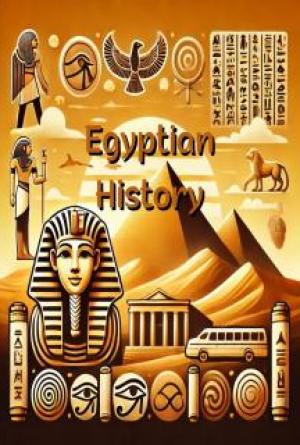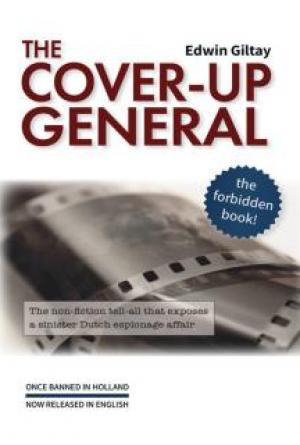How this book came to be
When Carol Johnson was in his 80s, and after he and his wife, Jean, moved to California to be near their daughter, also named Carol Johnson. His daughter found an artist’s portfolio in the back of his closet. Upon opening it, she found these drawings, as well as other examples of his later work as a Madison Avenue artist, and independent artist. During the post-war period Carol was one of the artists, like Norman Rockwell, who portray the optimistic life in the era. He did the artwork for front covers for many of the magazines of that time, like Colliers, Boy’s Life, and others.
Daughter Carol and her husband, Richard Clarke, felt that the combat sketches from North Africa were worth showing to the world, and this book is their effort to do this. We are just sorry that it comes too late for those who actually fought in this campaign. We hope their surviving families can take comfort from seeing these drawings, and this telling of the story of the North Africa campaign.
Piecing together the story of the North African Campaign from the drawings was quite a challenge. This is where Carol Johnson found himself, assigned with a pencil and pad instead of a weapon.
We searched the internet, and with names that he recorded in his drawings were able to identify a few of the military units that he traveled with and drew. One picture, of the surrender of Maj. Gen. Fritz Krause, commander of German Afrika Corps, to Major General Erney Harmon was a real puzzle. I could see that it was significant, and of a surrender. There were no notes on the drawing to identify date or place. I could see the two stars on the side cap on the US General’s head. Finally I looked real close at the patch on his shoulder, and found out it was of the US 1st Armored Division. From there it was easy to identify General Harmon and figure out the event. This was the actual surrender of the Germans in North Africa. The puzzle of this significant drawing was solved by the accurate details of Carol Johnson’s drawing. These drawings were also accurate enough for me to identify a number of aircraft, weapons, and vehicles.







